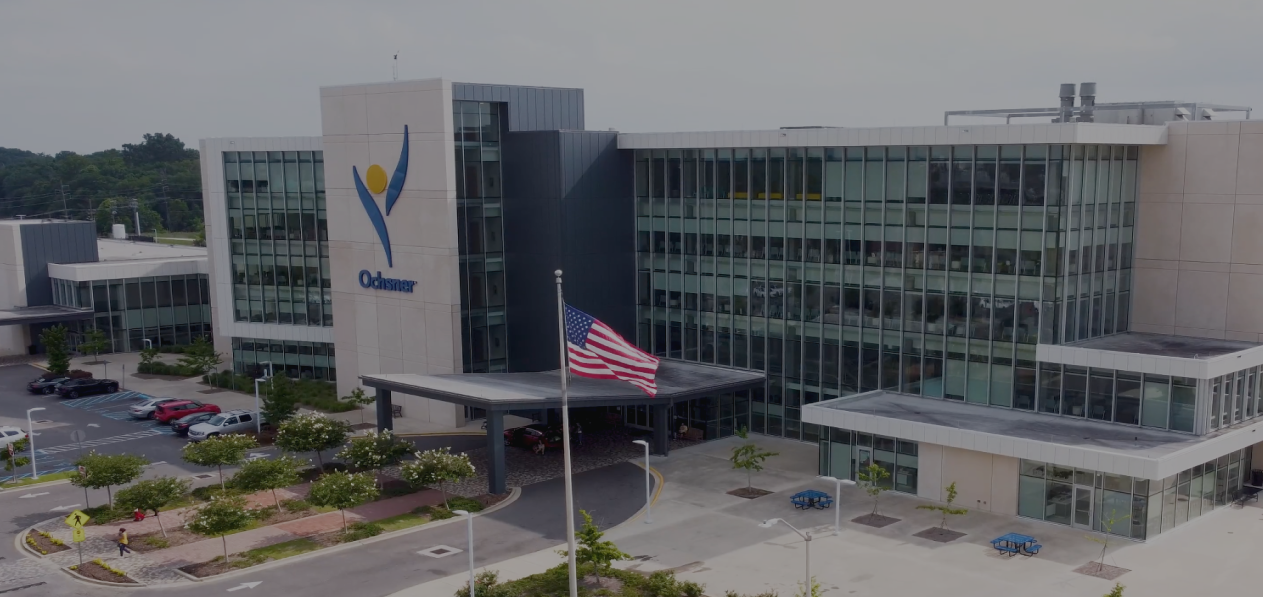The Ambient AI for ICD-10 Coding Intelligence
Streamline medical coding to improve patient care and accelerate the revenue cycle management process.
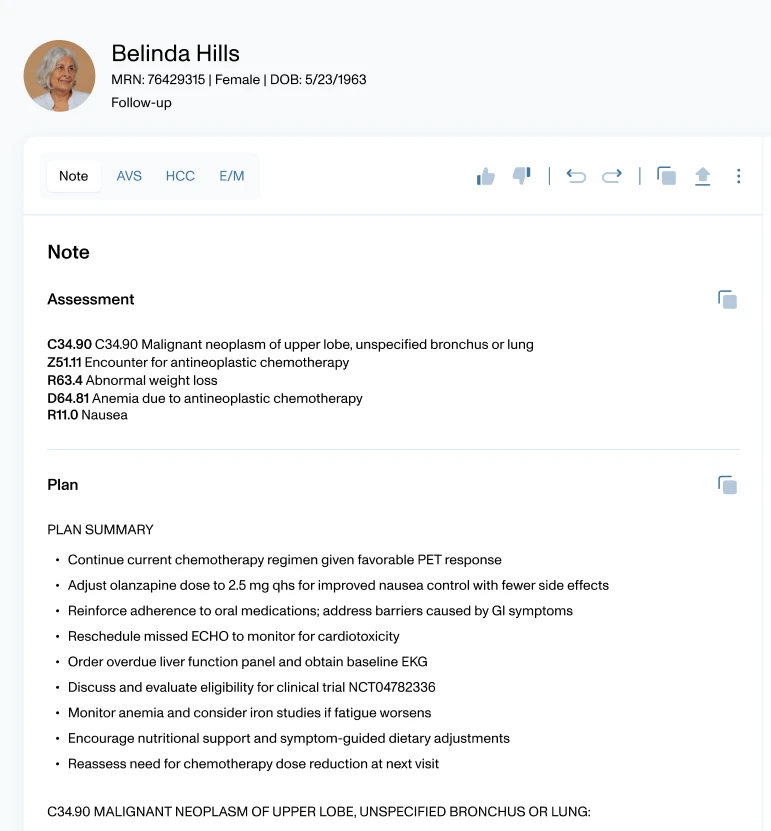
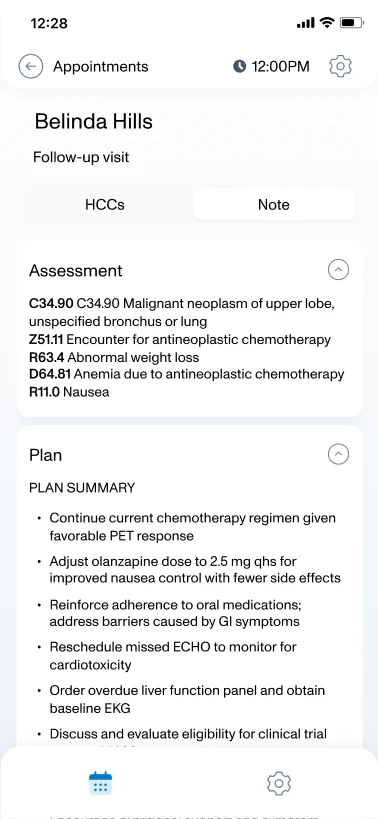

DeepScribe integrates with the most widely used EHRs





















How DeepScribe generates ICD-10 codes
From conversation to code, with no clicks required
Suggested codes
DeepScribe recommends new ICD-10 codes based on the natural conversation with your patient.
Direct translation
DeepScribe translates diagnoses mentioned by the physician during (or after) the visit into the corresponding ICD-10 codes
Pull forward
DeepScribe pulls in existing diagnosis codes from your EHR’s problem list within the note as part of the patient history.
We never have to worry about the ICD-10 and billing requirements because that's what DeepScribe AI is doing for us.
Case studies & resources
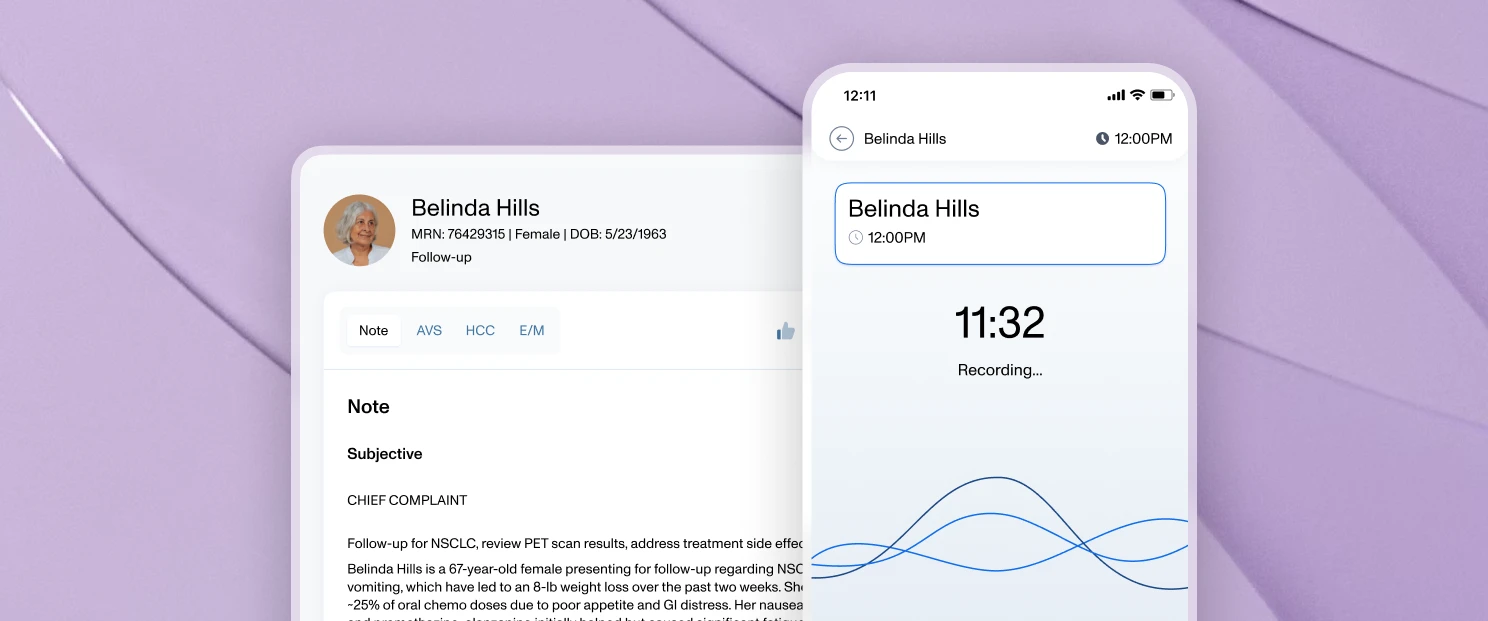
AI Medical Scribe
The most advanced speech recognition models capture the natural conversation between clinician and patient with extreme accuracy.
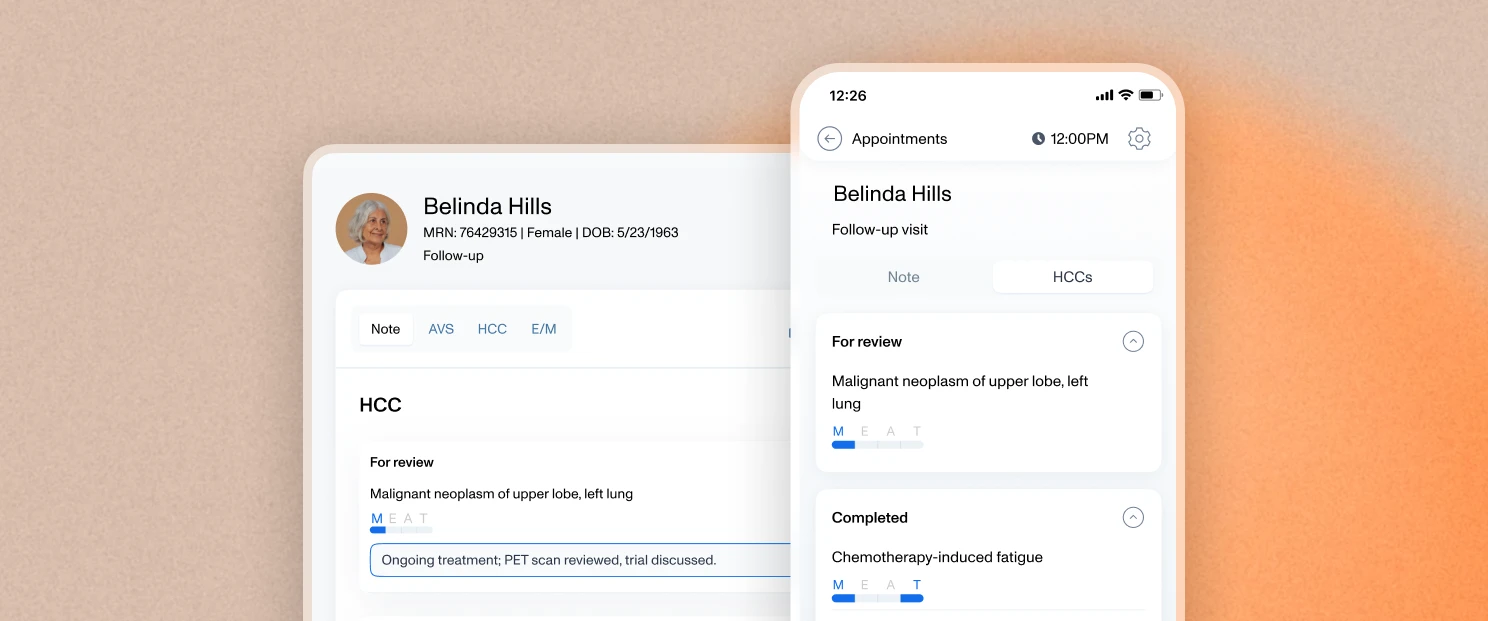
AI Coding
Complete and compliant coding provides real-time insights and audit-ready documentation, reducing administrative burden and ensuring proper reimbursement.
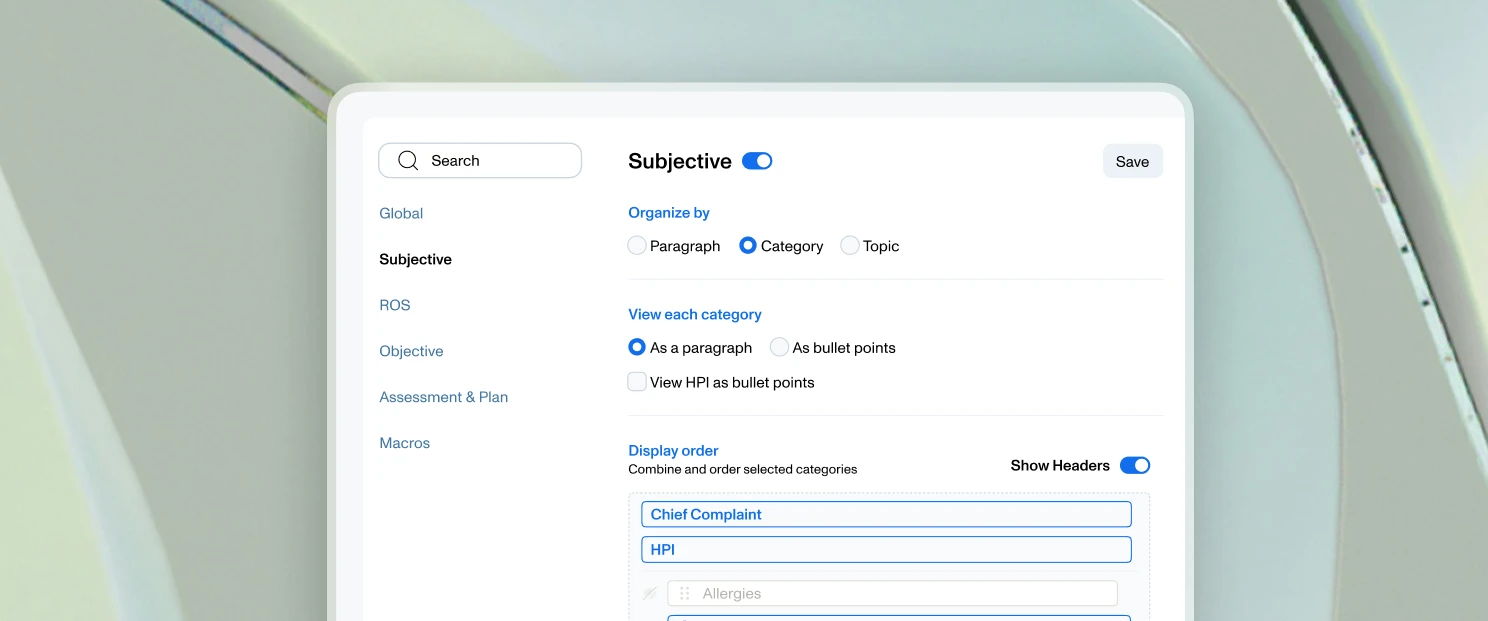
Customization Studio
AI-generated notes match provider workflows and improve adoption.
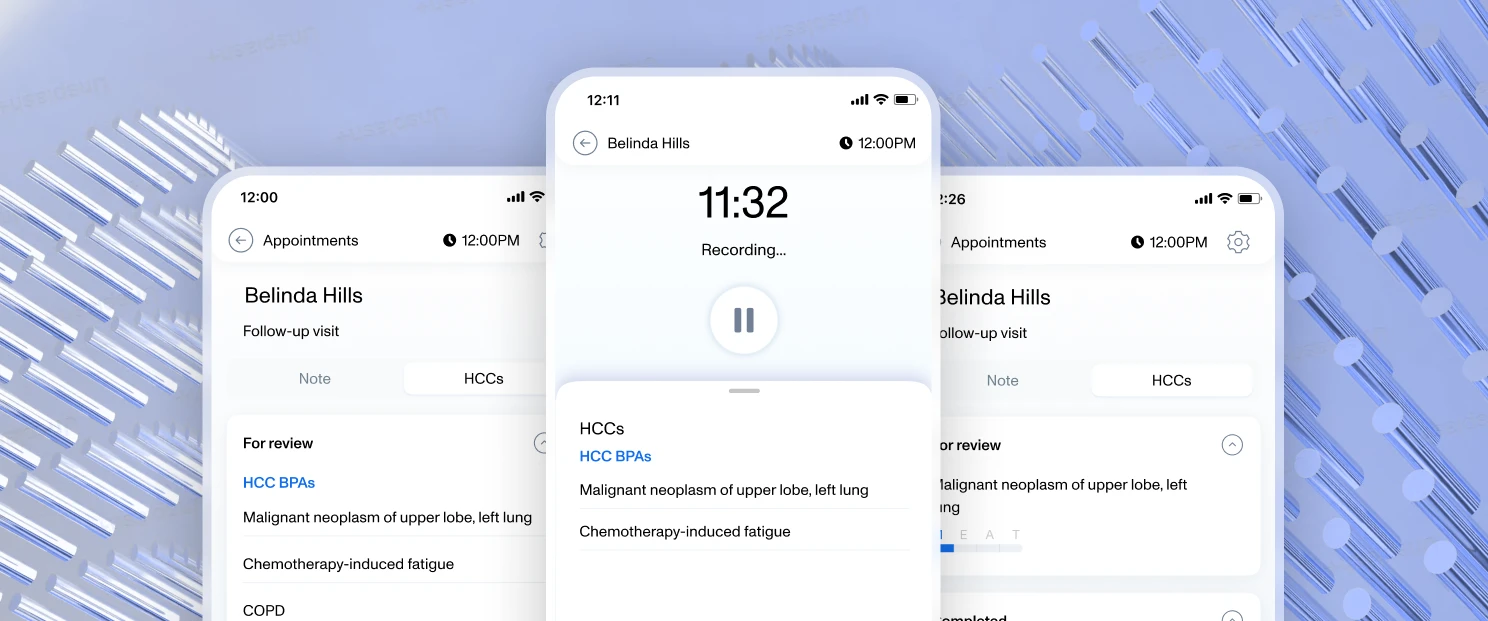
Deepscribe Assist
Key insights surface at the point of care, helping health systems achieve their most important quality and value-based goals.
See how DeepScribe can handle ICD-10 coding for you
Discover how DeepScribe automatically turns clinical conversations into accurate, billable ICD-10 codes.




